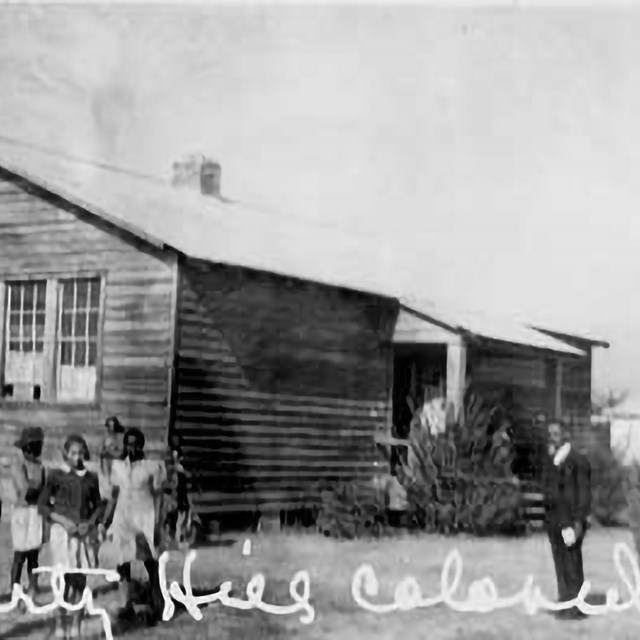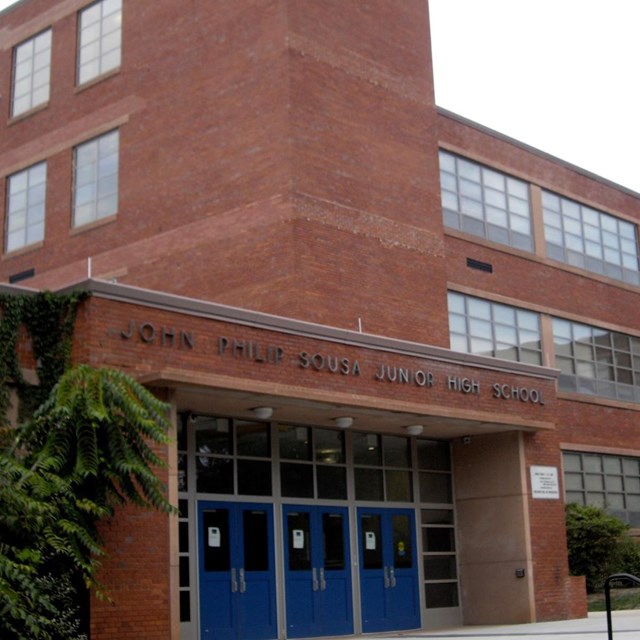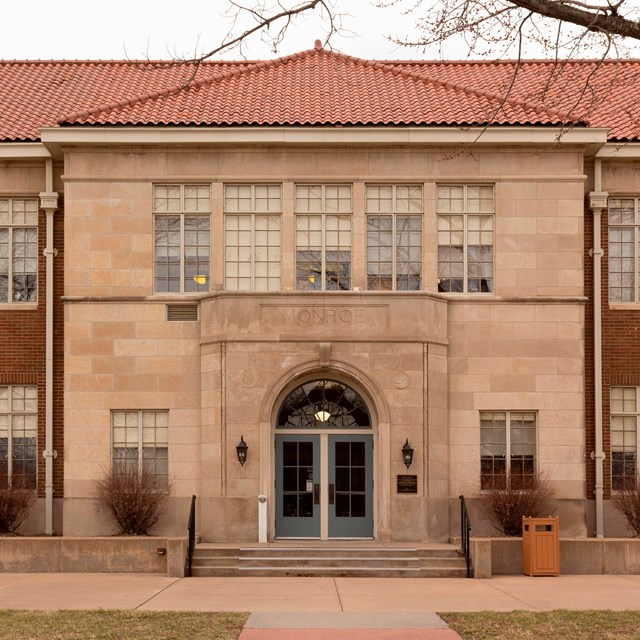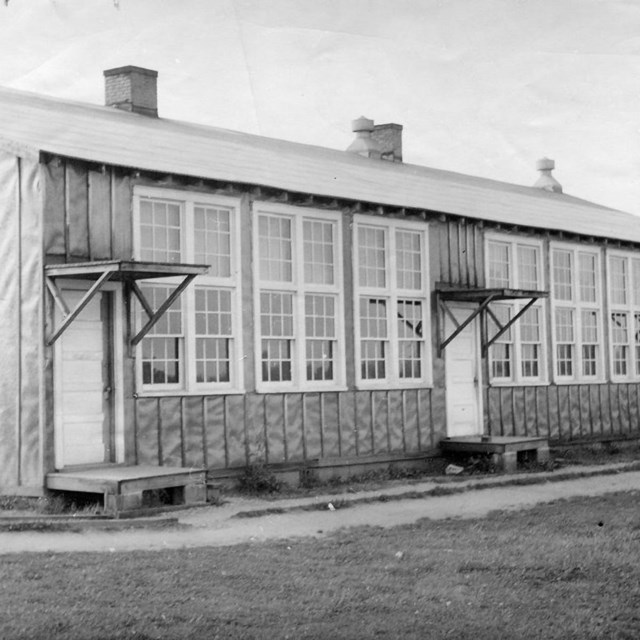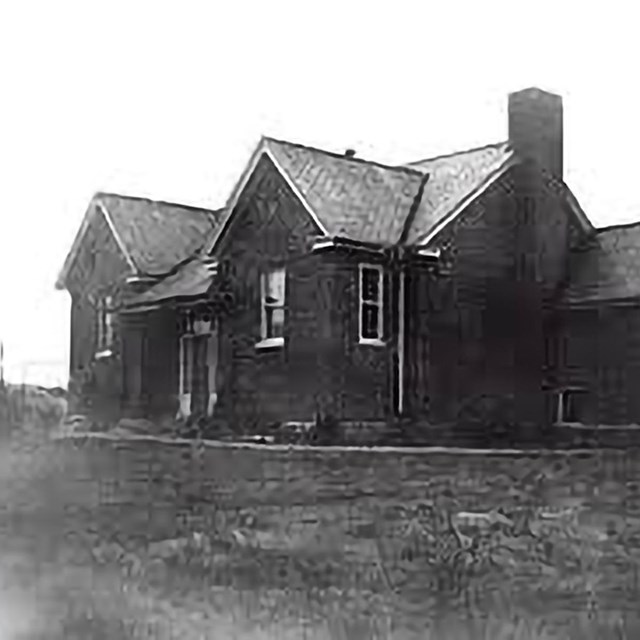|
The Brown v. Board decision didn't stem from a single case. The challenge to racial segregation in public schools arose several times from communities all across the country. Five of those communities, along with the NAACP, bravely sought the elimination of segregation in the United States in pursuit of true equality.
|
Last updated: April 11, 2024

